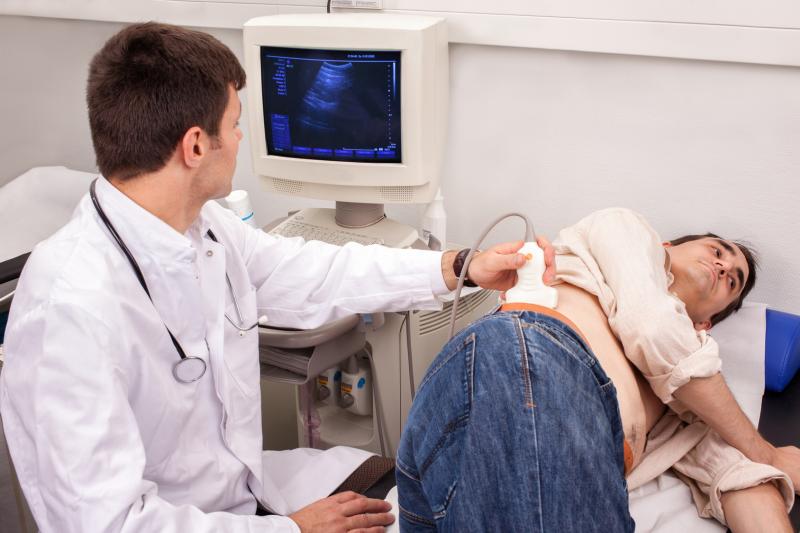Revisiting chronic kidney disease on World Kidney Day





This World Kidney Day, MIMS Doctor connected with Professor Dr Lim Soo Kun, President, Malaysian Society of Nephrology (MSN), to revisit the topic of chronic kidney disease and overview this often silent, but deadly ailment. Lim is also a board member of the National Kidney Foundation and Head of Clinical Investigation Centre, University Malaya Medical Centre.
Q: How common is chronic kidney disease (CKD), and why is early detection critical in managing the condition?
A: Based on an epidemiological study performed in 2018, chronic kidney disease prevalence was estimated at 15.48 percent for patients not on dialysis. For dialysis patients, it has reached more than 53,000 as of 31 December 2023, based on the National Renal Registry. [31st Report of the Malaysian Dialysis and Transplant Registry 2023 available at https://www.msn.org.my/nrr/wp-content/uploads/2025/02/FinalChapter-2_HooiChoo-Najdah-Jasmine-v2_ong28-Oct-2024_v5.pdf]
Q: What are the primary risk factors for developing CKD?
A: The primary risk factors are diabetes mellitus and hypertension. Others include glomerulonephritis, abuse of NSAIDs (analgesics), obesity, heart disease, genetic factor, and aging. History of acute kidney injury has been shown to be an important risk factor as well.
Q: What are the most effective screening tools for early detection of CKD?
A: The best screening test is urine testing for protein. The most common test we use is urine albumin-creatinine ratio as it is sensitive in detecting small amounts of protein in the urine. The other test we use is kidney function test which include creatinine and estimated glomerular filtration rate (eGFR). This provides information on level of kidney function. CKD is defined as eGFR less than 60 mL/min/1.73m2 persistently for more than 3 months. This means, we need to repeat the urine and blood tests after 3 months to verify the abnormal findings.
Q: How do routine blood and urine tests help identify early signs of kidney dysfunction?
A: These two screening tests are recommended to be performed in all high-risk patients at least annually so that we can diagnose the CKD early. An ultrasound will be performed in those who are found to have abnormal blood and/or urine tests. Ultrasound of kidneys is to look for kidney stone, cysts, change in size and shape of the kidneys or abnormal vessels.
Q: Can you explain the stages of CKD and how early detection impacts the progression of the disease?
A: CKD can be divided into five stages based on eGFR values, regardless of the underlying cause of the kidney disease. Early detection as early as stage 2 can allow the physicians to risk stratify and decide on appropriate well-proven kidney protection therapies. That’s the reason why clinicians emphasize on early detection for early intervention. Early intervention can delay the progression of the disease and improve the CKD outcome.
Q: What symptoms should individuals and healthcare providers look out for in the early stages?
A: Essentially, there are no symptoms at early stage of CKD. Symptoms of CKD may appear towards later stages e.g., stage 4 CKD. That means it will be too late to diagnose CKD based on symptoms. Common symptoms include nausea, vomiting, loss of appetite, leg swelling, breathlessness, and tiredness. Most of these symptoms are not specific to kidney failure.
Q: What roles do general practitioners and specialists play in identifying CKD in its early stages?
A: As 70 percent of patients with diabetes, hypertension and early stage of kidney disease will be managed by general practitioners and primary care physicians, it is obvious that they play an important role in identifying patients at risk of CKD, early diagnosis and initiating early intervention to slow down the progression of kidney disease. They are also important decisionmakers with regard to timely referral to nephrologists.
Q: How can healthcare providers improve screening rates, especially among high-risk populations?
A: We need to do this as a multiprong approach, from increasing public awareness and education, strategizing our screening program, improving the knowledge and skills of primary care physicians, to facilitating the referrals to specialists/nephrologists for those indicated.
Q: What lifestyle changes and interventions can help prevent CKD or slow its progression if detected early?
A: As diabetes and hypertension are the two main causes of CKD, preventing these two noncommunicable diseases for those who are not having it and appropriate management of those who have diabetes and hypertension can help in reducing the long-term complications including CKD. Lifestyle interventions are useful and essential measures and include regular exercise, strict diabetic (low sugar) diet, and low-salt diet for those who are hypertensive.
Q: How effective are regular monitoring programs in preventing advanced stages of CKD?
A: Empowering patients for home monitoring of blood pressure and glucose is one important approach. Educating patients to follow the trends of their kidney function at regular intervals will also help to enhance adherence to medications and lifestyle interventions.
Q: What advancements in diagnostics and technology are improving early detection of CKD?
A: There are two that I would like to highlight. Now, we do have point-of-care test (POCT) which can test for creatinine and eGFR with just one drop of blood. This facilitates screening especially in remote areas and allows the patients to know their kidney function instantly. The current barrier is the cost, and we are still trying to find the best way to utilize this novel screening test. We do have many CKD applications that patients can use on their mobile device to keep their health information and help to track their parameters, which include blood sugar, blood pressure, kidney function, etc. Having said that, it is not used routinely in many settings.
Q: Are there any promising biomarkers or genetic tests for identifying at-risk individuals?
A: Majority of the kidney diseases are acquired and not genetic. Even though there are many ongoing research on biomarkers, the best biomarker which is cost effective and validated is still serum creatinine while eGFR is a reliable test to estimate patients’ kidney function.